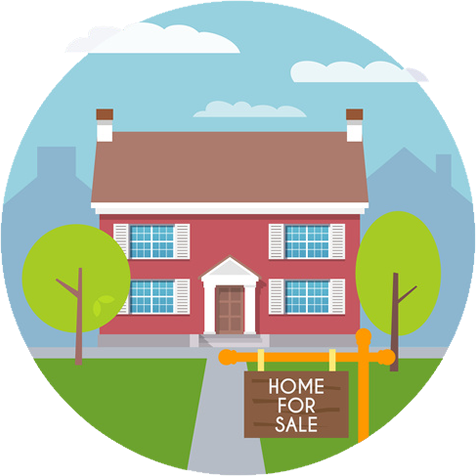

Don’t become “house poor”.
The most important piece of advice is to not become house poor. Often, people purchase a home that is too expensive for their income. This leaves them poor because of the large percentage of their income that must be allocated to paying the expenses associated with owning a home. To avoid being house poor, one must make sure that their monthly payment plus other expenses does not exceed 25% of their take home pay. It is not uncommon to see individuals or families who have allocated upwards of 50% of their income to paying for a home. Unfortunately, realtors and bankers often provide solutions to this that create other financial problems.
Never take out more than a 15 year fixed rate loan.
If the home would require a payment plus other expenses to exceed 25% of one’s take home pay, they should look for a less expensive home. They should not allow a realtor, banker, or mortgage broker to convince them to take out a 30 year mortgage to make it “affordable”. Doing so will result in the total interest paid to almost equal if not exceed the amount borrowed. In essence, one pays for two homes but only gets one when purchasing a home using a 30 year mortgage. Real estate professionals will also have potential home buyers consider adjustable rate mortgages as a way to lower the payment. The problem with this approach is the rate will eventually adjust. Because the initial rate is a teaser rate, almost always the rate adjusts upward resulting in higher payments in the future. At that time, the homeowner almost always becomes house poor as their payments become more than they can comfortably pay.

Think differently.
Rather than fall for these negative solutions, it is recommended that home buyers have at least 10% to put down on the home. Twenty percent or more is preferred. Furthermore, looking for homes that are priced lower is a more positive approach. In fact, looking for the worst home in the best neighborhood often allows one to find a bargain that can then be improved thus allowing for increased equity in the home. By following both of these approaches, one will assure a much lower monthly payment thus keeping them from becoming house poor. Additionally, it is important to remember a mortgage payment isn’t the only home expense one will have. A home buyer often will need to make additional purchases for things such as a lawn mower or more furniture to fill an empty home. They might need to put up curtains or paint one or more rooms. These all cost money. They will also be responsible for maintenance so funds will need to be put aside for this purpose. By considering these additional expenditures, potential home buyers can build these into their budget to help determine if they can in fact purchase the home without becoming house poor.

Here’s the Bottom Line
To summarize, one should purchase a home with at least 10% down using a 15 year or less fixed rate mortgage that will require no more than 25% of their take home pay. By following these guidelines, one will assure they can effectively make the payments without sacrificing in other areas.
Did you find this helpful? Subscribe to the Dr. Thrift Podcast today and get more thrifty tips!







